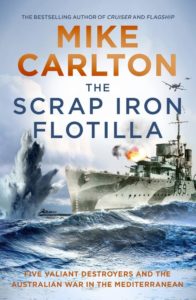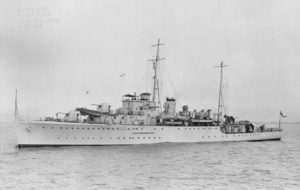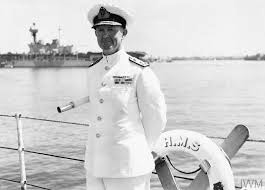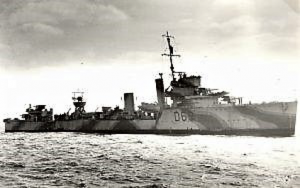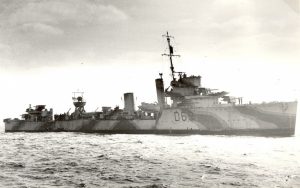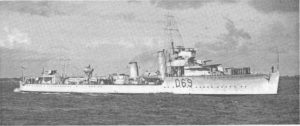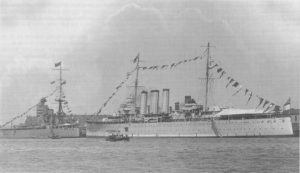The Scrap Iron Flotilla by Mike Carlton. William Heinemann Australia. Paperback of 448 pages. rrp $34.99 On Sunday September 3rd 1939, history was tumbling over itself. In the mess decks ...
HMAS Vendetta I
The Tobruk Run – The Loss of HMS Auckland
By Andreas Biermann A 1200-ton general purpose sloop about to enter the building program was assigned the name HMS Heron, but was renamed and commissioned as HMS Auckland on 16 ...
Occasional Paper 81: Recognition for Scrap Iron Flotilla
The Society was recently gifted a package of assorted papers and photographs collected by the late Petty officer Arthur James Collins. Collins was called up in January 1938 and served ...
Occasional Paper 63: Malta Revisited: Wartime Memories of HMAS Vendetta’s Malta Sojourn in World War II
September 2019 We are indebted to ex Supply Assistant Gordon Hill for this wonderfully illuminating description of his wartime service in the destroyer HMAS Vendetta when based at Malta. His ...
Malta Revisited: Wartime Memories of HMAS Vendetta’s Malta Sojourn in World War II
We are indebted to ex Supply Assistant Gordon Hill for this wonderfully illuminating description of his wartime service in the destroyer HMAS Vendetta when based at Malta. The George Cross Island ...
Malta Revisited
HMAS Vendetta WW2
This is part 3 of an hitherto unpublished personal account was given to the Editor shortly before the death of the author, together with several other brief accounts of his ...
HMAS Perth Part2 – Outbreak of war
This is part 2 of an hitherto unpublished personal account was given to the Editor shortly before the death of the author, together with several other brief accounts of his ...
Ping Wo’s Golden Secret
HMAS Ping Wo was not the most glamorous ship ever requisitioned by the Royal Australian Navy. Described by at least one of her crew as a ‘rust bucket’, the 3105grt ...
